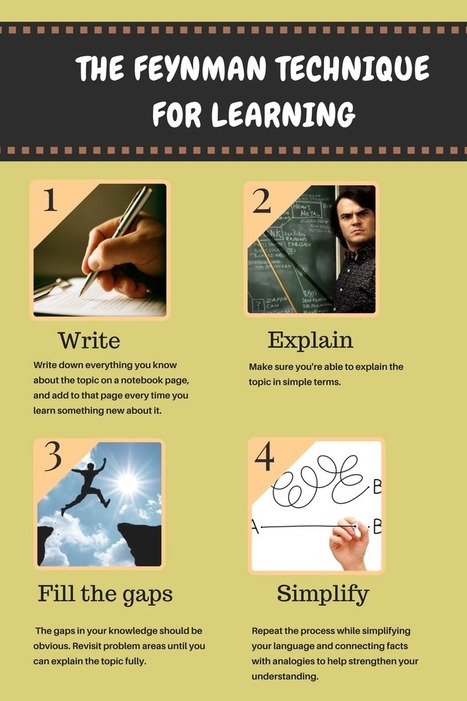New research shows that it may not be the sound itself that distracts us…it may be who is making it. In fact, some level of office banter in the background might actually benefit our ability to do creative tasks, provided we don’t get drawn into the conversation. Instead of total silence, the ideal work environment for creative work has a little bit of background noise. That’s why you might focus really well in a noisy coffee shop, but barely be able to concentrate in a noisy office.
One study, published in the Journal of Consumer Research, found that the right level of ambient noise triggers our minds to think more creatively. The researchers, led by Ravi Mehta of the University of Illinois Urbana-Champaign, examined various levels of noise on participants as they completed tests of creative thinking.
Via The Learning Factor



 Your new post is loading...
Your new post is loading...


















Research suggests the problem isn’t the noise, but the interruptions.
The ideal space for focused work is not about freedom from noise, but about freedom from interruption.